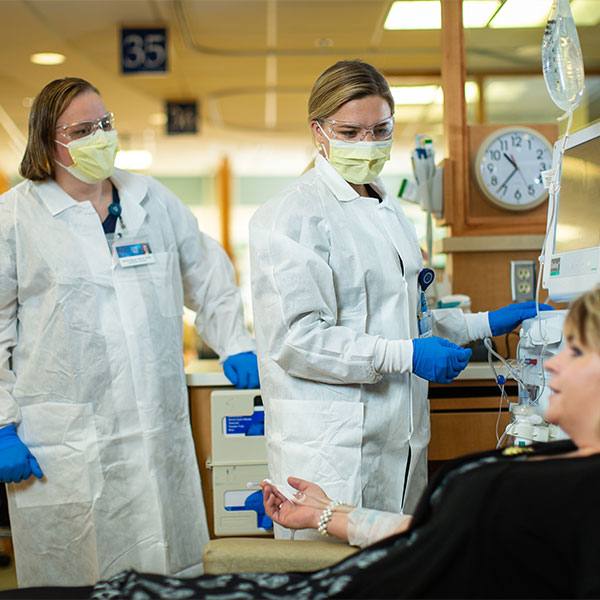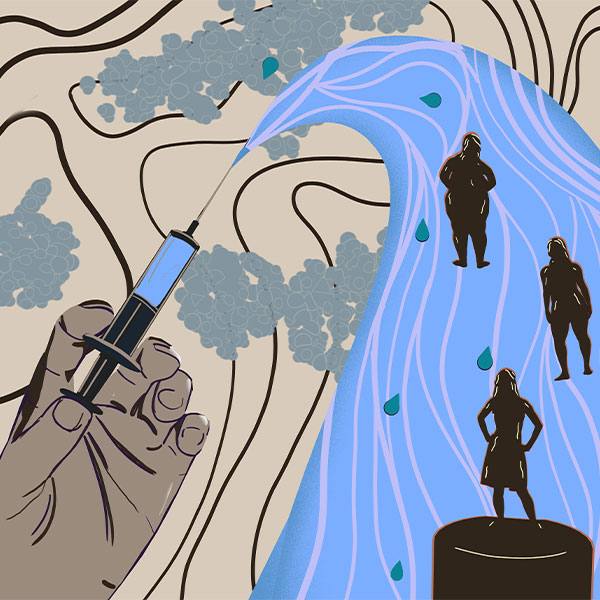-
The priceless gift of knowing your family health history
With New Year’s resolutions right around the corner, it is likely one of your resolutions will be focused on your health. Most of us want to eat healthier foods, exercise more, lose weight, and reduce stress.
But, have you ever considered diving deeper into understanding your health conditions and how your DNA—your very own genetic fingerprint—can impact them? If so, this is an opportune time as you gather with family, to begin creating a family health history.
Begin by looking for common threads that may indicate the potential presence of a genetic variant that’s been passed down from one generation to the next in a family. To start, it’s useful to know if anyone on either side of your family has had a major medical condition, at what age it was diagnosed, how it was diagnosed, by whom it was diagnosed, and how it was treated. Drawing family trees can help you keep track of this information (trees can be compiled by using tools like the pedigree tool, such as this one found in Mayo Clinic GeneGuide™. MayoClinic GeneGuide™ is a laboratory DNA test that you can do in your own home through a saliva collection test that is mailed in for results. Consider adding information about each person, such as, current health status, age, and other details. By adding important information about each of your relatives, you are creating your family history.
Today, DNA sequencing and a detailed family medical history are often used together to help people understand their chances of developing or passing on a hereditary disease. For many people, keeping track of their family’s medical history is simply a precaution, and there are often no clues that raise concern. But for some, it can be life-changing. Research has shown that several types of cancer and heart disease could be detected and, in some cases, even prevented if those at risk are identified early.
Some warning signs of a potential disease-causing genetic variant within a family include:
○ Onset of disease at an earlier age than average
○ Family history of the same disease multiple times in multiple relatives (e.g., multiple relatives diagnosed with an irregular heart beat)
○ Personal and/or family history suggestive of a medical syndrome (e.g., colon and uterine cancer in the same side of the family can indicate the family is at an increased odds to have Lynch syndrome)
○ Personal and/or family history of a diagnosis of a rare disease
Although DNA sequencing is a powerful way to identify individuals at risk of developing a disease, collecting family history information is still an important practice. The Centers for Disease Control advises that people collect family history information whenever possible.
Talking with your family may give you new insights into your health and what’s in your genes.
To learn more about a genetic testing experience that helps you understand how genetics can affect your heath visit Mayo Clinic GeneGuide.
Disclosure: Mayo Clinic has a financial interest in Helix.








